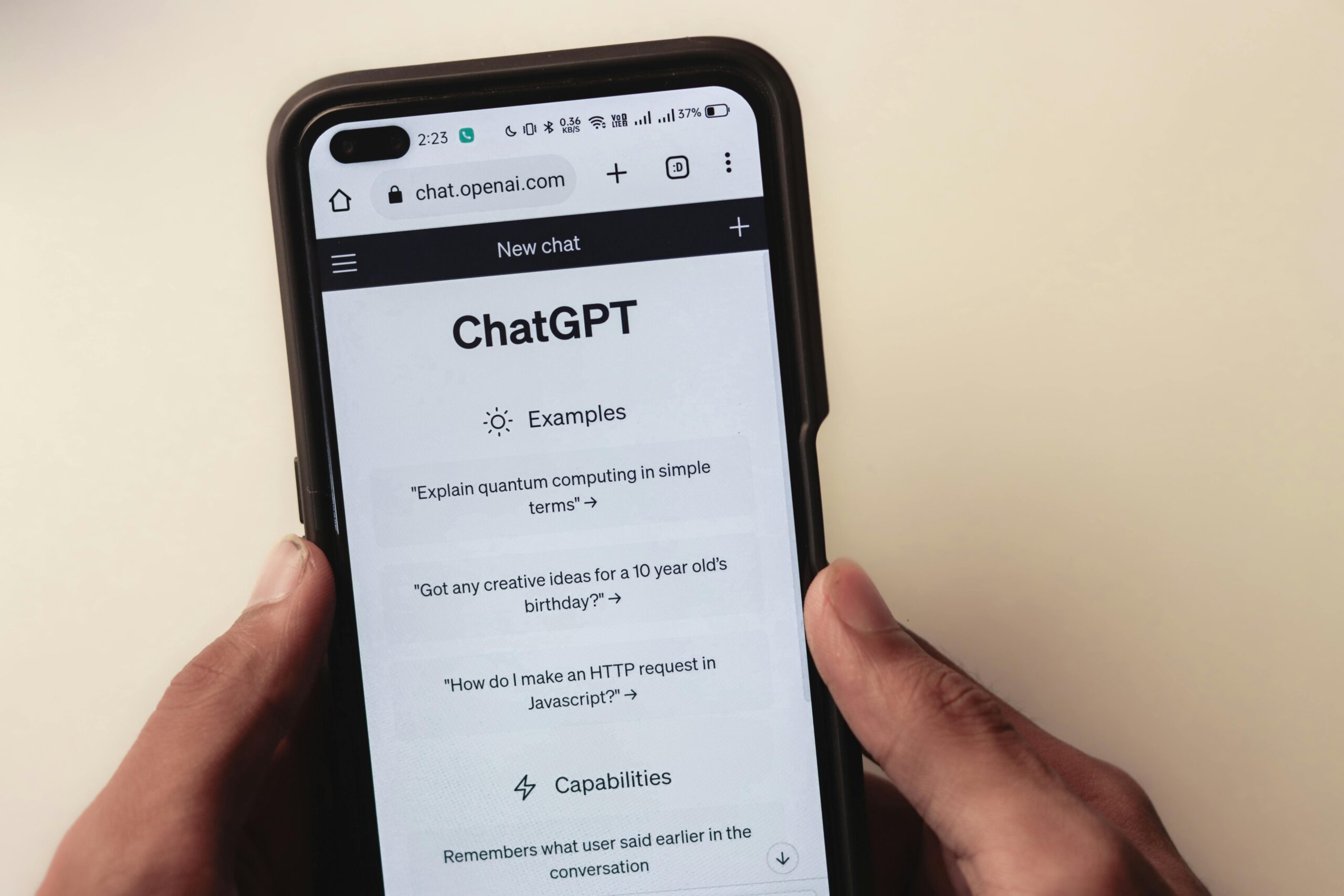What Role Does AI Play In Education?
Sure, we’ve heard the many morally grey stories of students and kids using AI in education. But parents and teachers can use it too!
Artificial Intelligence, otherwise known as AI, has made waves in both business and education. AI, in businesses and social media, often filters more generic concerns, leaving human intervention only for the more specific issues. However, when artificial intelligence is used for education, it sparks a debate. Many have spoken against its use, citing “lack of proper comprehension” and “mastery” as reasons. But considering the academic demands and load, does it not become a necessity in certain situations?
How does AI learn?
Most of the apps we’re probably familiar with are assistants like Alexa, Google Home, Siri (Apple), Cortana (Windows), and Bing (Android). However, times have changed and now almost every process has been streamlined enough to be programmed into an AI. But for it to have developed that far, AI still had to be taught. It had its own kind of education which is what many developers call “open source” — wherein anyone, developer or not, could change the code.

Thus, whatever people would ask the AI, it would eventually “learn” how to respond depending on the prompts. It’s why freelance or in-house writers nowadays need “prompt writing” as a skill.
The company that developed ChatGPT, OpenAI, once followed such a direction so that it would learn various things from the people who used it. However, they eventually closed the code due to a change in direction.
AI in Education: How do kids use it?
AI, in the education industry, is used in mostly two subjects: English and Math.
Most kids nowadays hate writing papers. It takes too long and requires a different kind of language mastery; something they can’t find on the internet. Thus, to earn the grade, they often send the questions to artificial intelligence (AI) for it to answer while they accomplish their other requirements. Usually, the AI students use to complete their work include Bard (formerly known as Gemini), ChatGPT, or Quillbot.
Others use it to track down grammatical errors which can be tiring. Grammarly is probably the favorite, considering how it also has a free option and an extension on Google Chrome.
On the other hand, for Math, it’s usually meant to give them certain steps. Which variables do they deal with first? What operation do they do first? It’s not something they can slap the typical PEMDAS (Parenthesis, Exponent, Multiplication, Division, Addition, and Subtraction) on.
But what do these situations have in common? It’s that they struggle to understand; as we try to push our kids to be “ahead” of their classmates, we sometimes forget that not everyone processes information at the same speed. Teachers, who are handling 8-15 students, may and unfortunately miss out on a student or two because they’re also on a tight timetable for the school year.
The rise of AIs use: Demand for efficiency
As society evolves, so does the demand for efficiency. A cascade of actions can happen at the push of a button; something that has now become the norm. Thus, many of us try to find shortcuts which is something we often discover, experiment with, and tweak after years of studying in school. While it gets the job done, some teachers feel that using AI in education as a shortcut compromises the learning process.

At the same time, there’s also a need for checking. AIs are all programmed to send a notification to double-check as the information may be incorrect. Unlike humans, AIs don’t have a verification process and simply gather as much information as they can to construct what is asked of them.
How parents and teachers can guide their kids to use AI
Whether we like it or not, AI is here to stay. While it has certainly sparked a debate in education, that doesn’t mean we’re rejecting it entirely. It has some benefits too; using AI in education may also be a call to better understanding and learning. It’s a challenge to us, families or just people in general, to go beyond the executive and surface understanding of our lessons from school.
With our kids already getting a headstart on learning how to use AI, some important reminders we can give them include the following:
- Double, and triple-check the work – AI is made from humans and therefore prone to mistakes like any human. Fact-checking is a must!
- It will only fulfill the command based on how we worded the request – If it fails to do what we need it to do, that’s more of a communication issue.
- AI only does 50% of the work – It may look good but teachers will know if their students just made an AI do it. Trust us, most teachers are not forgiving when they find out. The schoolwork is also there to develop an appreciation for the process because not all corporations are updated with technological advancements.
So before we reject the idea of AI in education, remember that there are ways to properly use it. Like we said, it’s here to stay and only going to get smarter.
More about technology?
Your College Kids Can Make Their Artificial Intelligence Dreams A Reality!
Learn How To Navigate Today’s World of Parenting At The MomCon 2024
ChatGPT App: Here’s What Parents Need to Know About AI









